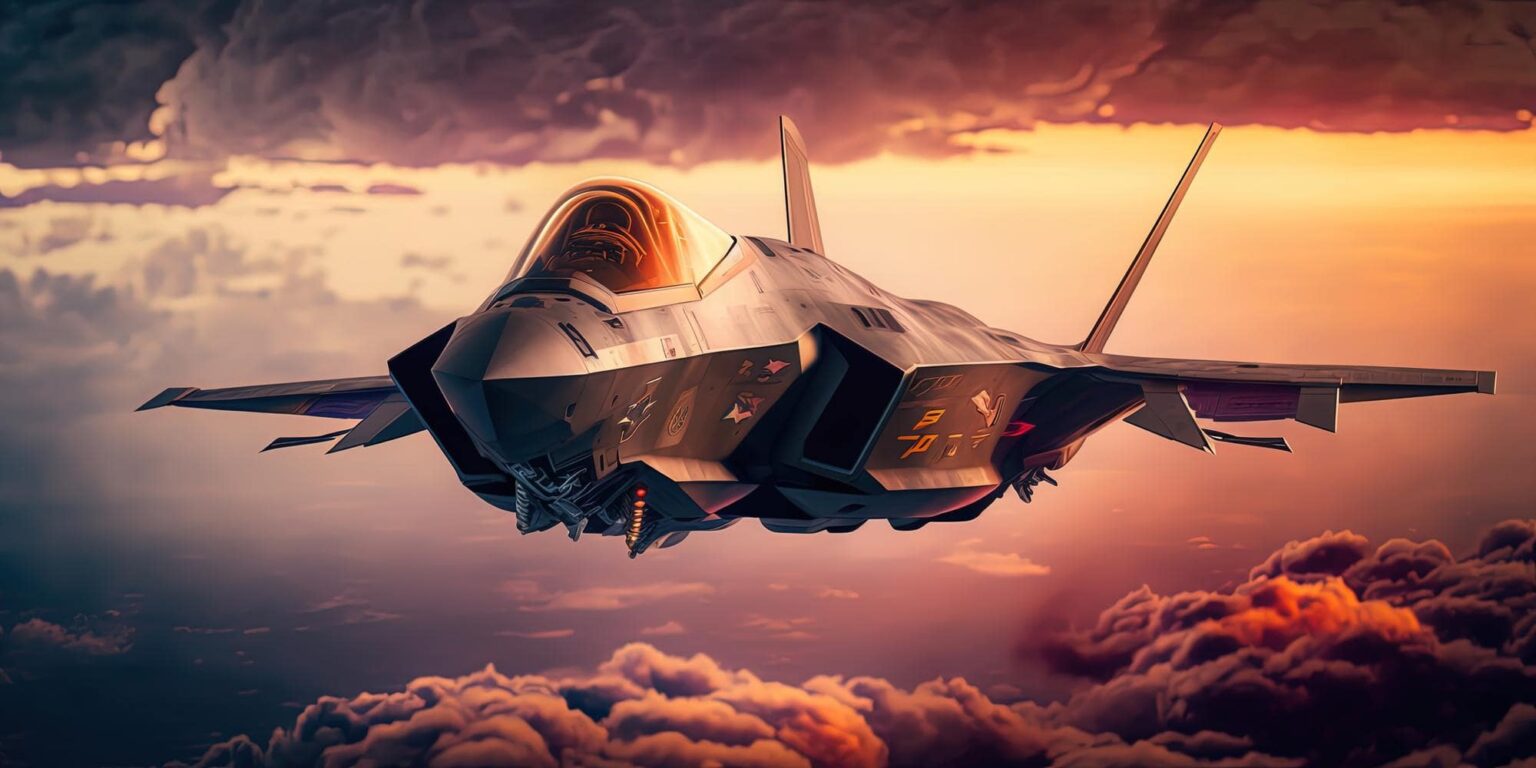Hypersonic flight refers to the ability to travel at speeds exceeding Mach 5 (approximately 6,174 kilometers per hour or 3,836 miles per hour), which is five times the speed of sound. This extreme velocity presents both opportunities and challenges in terms of speed, efficiency, and technological advancements. Here are some key aspects of hypersonic flight:
- Unprecedented Speed: Hypersonic flight enables aircraft and vehicles to travel at incredible speeds, significantly reducing travel times for long-distance journeys. For example, a hypersonic aircraft could potentially complete a transcontinental flight in a matter of hours instead of the current hours-long flight duration.
- Increased Efficiency: Hypersonic flight has the potential to be more fuel-efficient compared to conventional subsonic and supersonic flight. Although hypersonic vehicles require a significant amount of energy to overcome air resistance, advancements in propulsion systems and aerodynamic design can enhance overall efficiency and reduce fuel consumption.
- Cutting-Edge Technologies: Achieving hypersonic flight requires the development and integration of advanced technologies. This includes innovative propulsion systems, such as scramjets or ramjets, that can operate efficiently at high speeds. Additionally, lightweight materials, thermal protection systems, and aerodynamic designs capable of withstanding extreme temperatures and pressures are crucial for hypersonic vehicles.
- Aerodynamic Challenges: Hypersonic flight introduces unique aerodynamic challenges due to the extreme speeds involved. The high temperatures generated by air compression necessitate the development of materials and thermal management systems capable of withstanding intense heat. Aerodynamic forces, such as shockwaves and boundary layer interactions, must be carefully managed to ensure stability, control, and efficiency.
- Applications in Defense and Space Exploration: Hypersonic flight has significant implications for defense capabilities and space exploration. Hypersonic vehicles can provide enhanced maneuverability, rapid response capabilities, and the ability to penetrate enemy defenses. Furthermore, hypersonic technologies are being explored for launching satellites into orbit and potentially enabling new forms of space travel.
- Technical and Safety Considerations: The development and operation of hypersonic flight systems require careful attention to technical and safety considerations. The extreme speeds involved necessitate robust testing, simulation, and verification processes to ensure the structural integrity, stability, and control of hypersonic vehicles. Safety protocols and measures, including emergency escape systems and thermal protection, are crucial to protect passengers and crew.
- Environmental Impact: While hypersonic flight offers potential benefits in terms of reduced travel times, it also raises environmental concerns. The high energy requirements and associated emissions pose challenges in achieving environmentally sustainable hypersonic flight. Mitigating the environmental impact and ensuring compatibility with future low-carbon aviation goals will be important considerations in the development of hypersonic technologies.
Hypersonic flight represents a significant frontier in aviation and space exploration. Advancements in materials, propulsion systems, aerodynamics, and other related technologies are driving progress in this field. As research and development continue, hypersonic flight has the potential to reshape long-distance travel, defense capabilities, and space exploration, while also posing challenges that must be addressed to ensure safety, efficiency, and environmental sustainability.



